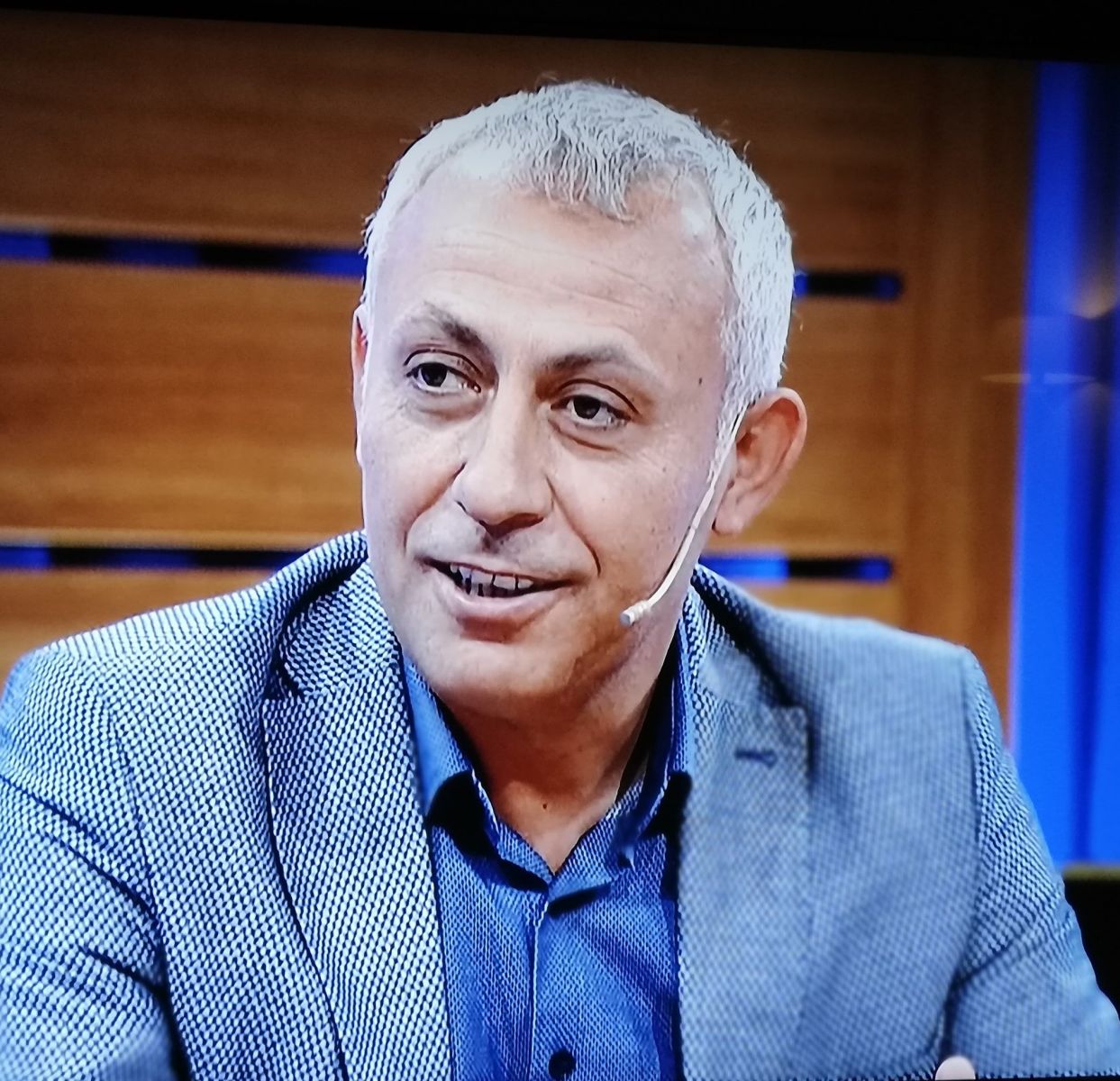Professor Uğur Sak
 Biography
Biography

Uğur Sak is a professor of special and talented education at Anadolu University. He founded and worked as the director of the Center for Research and Practice for High Ability Education and founded the graduate programs in gifted education at Anadolu University. He is currently the editor-in-chief of Gifted Education International and the founding editor of the Turkish Journal of Giftedness and Education. His scientific research has focused on developing original models on the identification and education of gifted students, assessment of creativity and intelligence. He developed the first national intelligence scale, Anadolu Sak Intelligence Scale (ASIS), in Turkey and is the author of Selective Problem Solving Model (SPS), Creative Reversal Act (CREACT), and the co-author of Creative Scientific Ability Test (C-SAT) and the Test of Scientific Creativity Animations for Children (TOSCAC). His most recent work is the Fuzzy Theory of Giftedness. He is the recipient of the best academician award of the year-2016 in education selected by Artı Education in Turkey. He was the principal investigator of a nationwide project in Turkey supported by the Ministry of Education to develop the first national K12 curriculum for the education of talented students. He serves on the advisory boards of several journals in gifted education. He has been an active participant in social networks in gifted education, being an executive board member of the Asia-Pacific Federation on Giftedness and a member of the qualification committee of the European Talent Support Network.
 Keynote Title
Keynote Title
THE FUZZY THEORYImplications for the Identification and Education of G&T Students
![]() Keynote Description
Keynote Description
The Fuzzy Theory of Giftedness (FTG) posits that conceptions and practices concerning giftedness are vague. In this talk, first, I will discuss the vagueness of the concept “giftedness,” with an emphasis on problems related to vagueness in conceptions of giftedness. Then, I explain the Fuzzy Theory of Giftedness and suggest identification and education practices based on this conception. Understood from a cultural point of view, giftedness concept is rooted in socifacts (e.g., organizations), artifacts (e.g., material objects) and mentifacts (e.g., mental constructions). The concept mentifact is used to describe the mental component of a culture as mental constructions of a society (e.g., creation, intelligence, giftedness) that transform over generations, and thus, become transposed into new constructions. Conceptions of giftedness cannot be isolated from mentifacts as these conceptions are mental constructions engrained in cultural experience. That is, giftedness is not a biological fact, but rather a mentifact. The most important characteristic of giftedness is its mentifact system. As a system, the FTG is composed of personal dispositions, stimulus conditions and the between- and within-group interaction of personal dispositions and stimulus conditions. The manifestation of giftedness is situated in the interaction between personal dispositions and stimulus conditions. The FTG suggests no identification, but selection of those who can develop efficient interactions with environmental conditions. According to the FTG model, the selection of gifted students should be a two-phase process: 1) natural selection and 2) adaptive retention. Person-environment interactions for talent development are rather unique and personal; therefore, trait-treatment interaction and expertise-reversal-effect models are ideal educational adaptations for talent development. Therefore, according to the FTG model, gifted education should evolve into person-environment interactions that foster talent development.